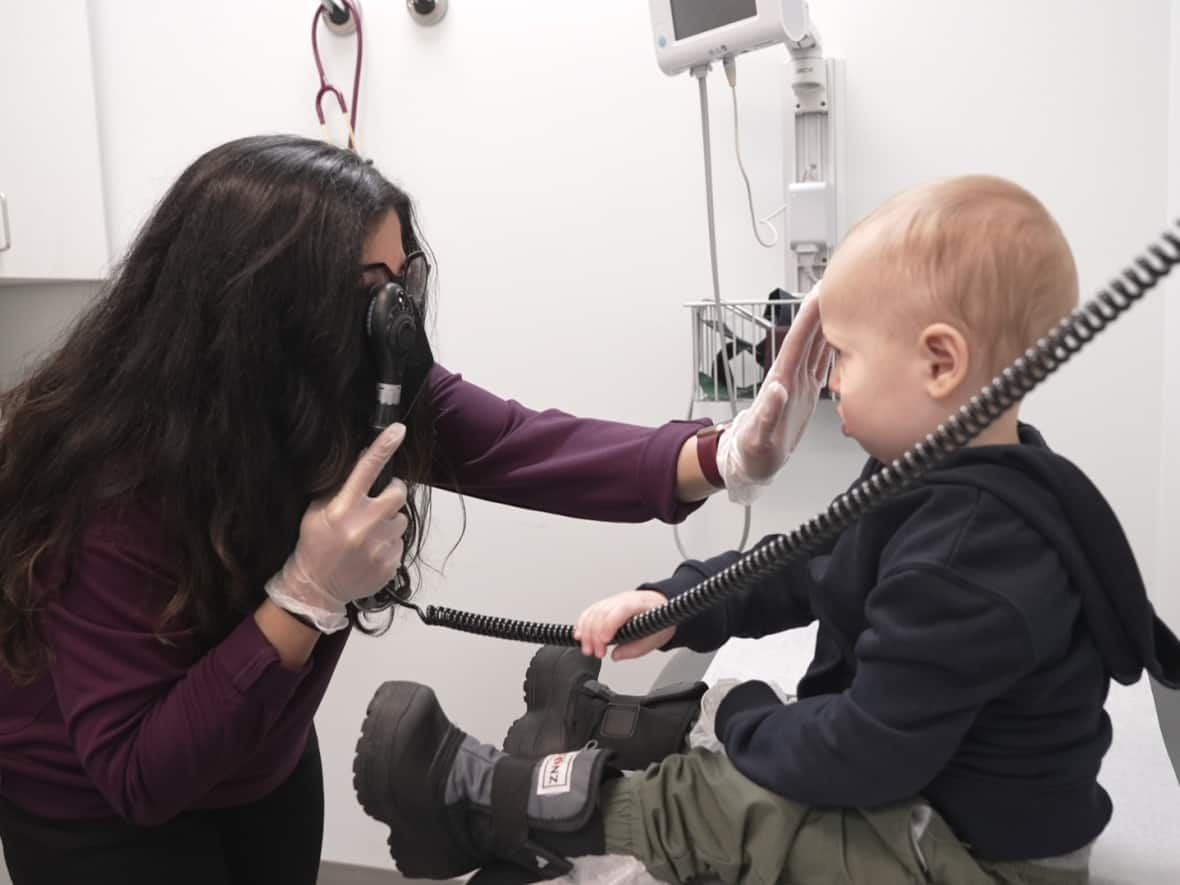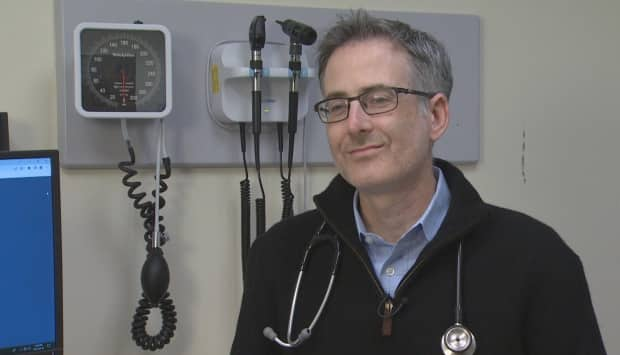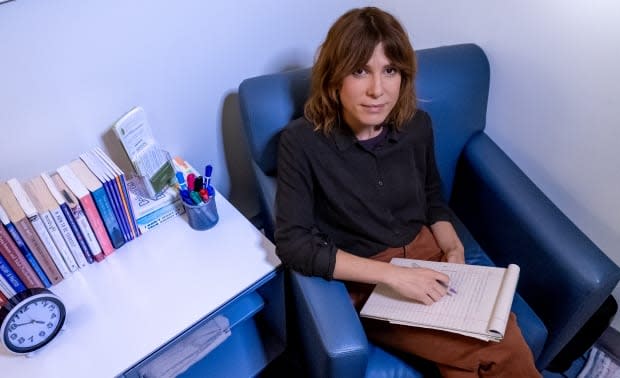How Ontario's new health-care deal could change the way your family doctor works

More family doctors in Ontario could begin caring for their patients in teams — alongside nurses, social workers and other health professionals — as a result of the new federal-provincial funding deal.
The deal between the governments of Premier Doug Ford and Prime Minister Justin Trudeau is at this stage just an agreement-in-principle, so the two sides still need to sort out precisely how the promised $8.4 billion will actually be spent.
The first priority named in the funding agreement is providing Ontarians "access to high-quality family health services when they need them."
But Ontario is facing an acute shortage of family physicians that is only forecast to worsen. It's currently estimated that more than two million Ontarians are without a family doctor, and projections suggest looming retirements of physicians will push that number even higher.
With little prospect of rapidly and significantly boosting the number of family doctors in Ontario, how can the deal with the federal government increase access to primary care? Experts say the key is allowing more family doctors to work in teams of health professionals so they can take on more patients.
Team-based care has long been shown to be better not only for patients but also for the well-being of family doctors, says Dr. Allan Grill, lead physician of the Markham Family Health Team and chief of family medicine at Markham-Stouffville Hospital in York Region just north of Toronto.

"You can't expect family physicians to just add on layers and layers of work," said Grill in an interview. "From the perspective of attracting and recruiting more family physicians, we need this team-based model."
Grill says the aging population means that patients' health needs are becoming more complex.
"If we want family physicians to be able to spend the time with those patients and even take on new patients, something has to give," he said. "They need more support than they're getting now, and the team-based model is the way to do it."
Less than 30 per cent of people in Ontario are currently covered by any form of team-based primary care.
The biggest source of this is what the Ministry of Health calls "family health teams" (FHTs). About 3.4 million patients are enrolled in one of the 184 teams scattered around the province, according to figures from the Association of Family Health Teams of Ontario.
However, for the past decade, Ontario has made it all but impossible for physicians to form new family health teams. All but three of the existing FHTs were created between 2005 and 2012.

Senior officials in both the federal and provincial governments say the bilateral funding agreement could lead to an increase in the number of patients enrolled in Ontario's family health teams or other forms of team-based primary care, but the details remain to be negotiated.
Separately from that deal, the Ford government allocated $30 million in its new Your Health plan to create 18 new primary care teams. The health ministry is allowing up to 1,200 family physicians to join a team-based model of care in the next two years.
A typical family health team in Ontario includes 10 to 15 family physicians and a similar number of allied health professionals, such as registered nurses, nurse practitioners, a social worker, a dietitian and a pharmacist.
"The great thing about it is that all of us collaboratively look after the patient, so the patient doesn't have to navigate things in silos. All or most of their services are under one roof," said Grill.
"By having all of these services, which are funded, the patient doesn't have to pay for them."
Instead of physicians billing the Ontario Health Insurance Plan (OHIP) on a fee-for-service basis for each appointment or procedure, each family health team gets an annual allotment of funding from the Ministry of Health based on the demographics of its patients.
WATCH | What makes a family health team different from the typical doctor's office
In turn, family health teams are obligated to provide some evening and weekend office hours and to guarantee that patients can get appointments on short notice for urgent matters.
Because of the contributions of the other health professionals in the team, physicians can spend more time with each patient they see, says Dr. Manisha Verma, one of the family doctors at the Village Family Health Team in Toronto's Liberty Village neighbourhood.
Better patient satisfaction
"We all feel much more supported in this model. We know that we don't necessarily have to rush through appointments," Verma said in an interview.
During her time in medical school, Verma trained with a family health team.
"I knew right away that this was the model of health care that I wanted to work in as a family physician," she said.
"I saw how well the team functioned together, how much better patient satisfaction was and how much more time we could actually give to our patients. So I've been lucky that I've been able to work in this model for my entire career."

At the Village FHT, nurses and a nurse practitioner take on a significant portion of patient care that would otherwise fall to family doctors. They're involved in treating common illnesses such as strep throat or urinary tract infections, they provide vaccinations, conduct pap tests and help manage patients' chronic diseases.
"We get to know our clients, we get to see them throughout their health journey," said Monica Naddafi, a registered nurse.
Spreading the burden of care
About 20 per cent of the more than 11,000 patients enrolled with the Village Health Team live with serious mental illness. Naddafi says the care the team provides and the trust they've built up means they can typically meet patients' needs without the need for an emergency room visit.
Long-standing research shows the majority of mental health care in Canada is delivered in the primary care system, largely by family physicians. Family health teams help spread that burden of care around.

"Family physicians aren't trained to provide psychotherapy," said Kelsey White, the Village FHTs social worker.
"I can meet with someone for an hour on a weekly basis over a period of months," White said in an interview. "I might be treating specifically things like anxiety disorders, depression, panic, trauma, PTSD, insomnia."
White says she also sees her role as a resource for the family doctors, making herself available to consult with on mental health supports and navigating the system.
"I think the family health team model is so, so important for the services and the model of care that it provides for patients."

